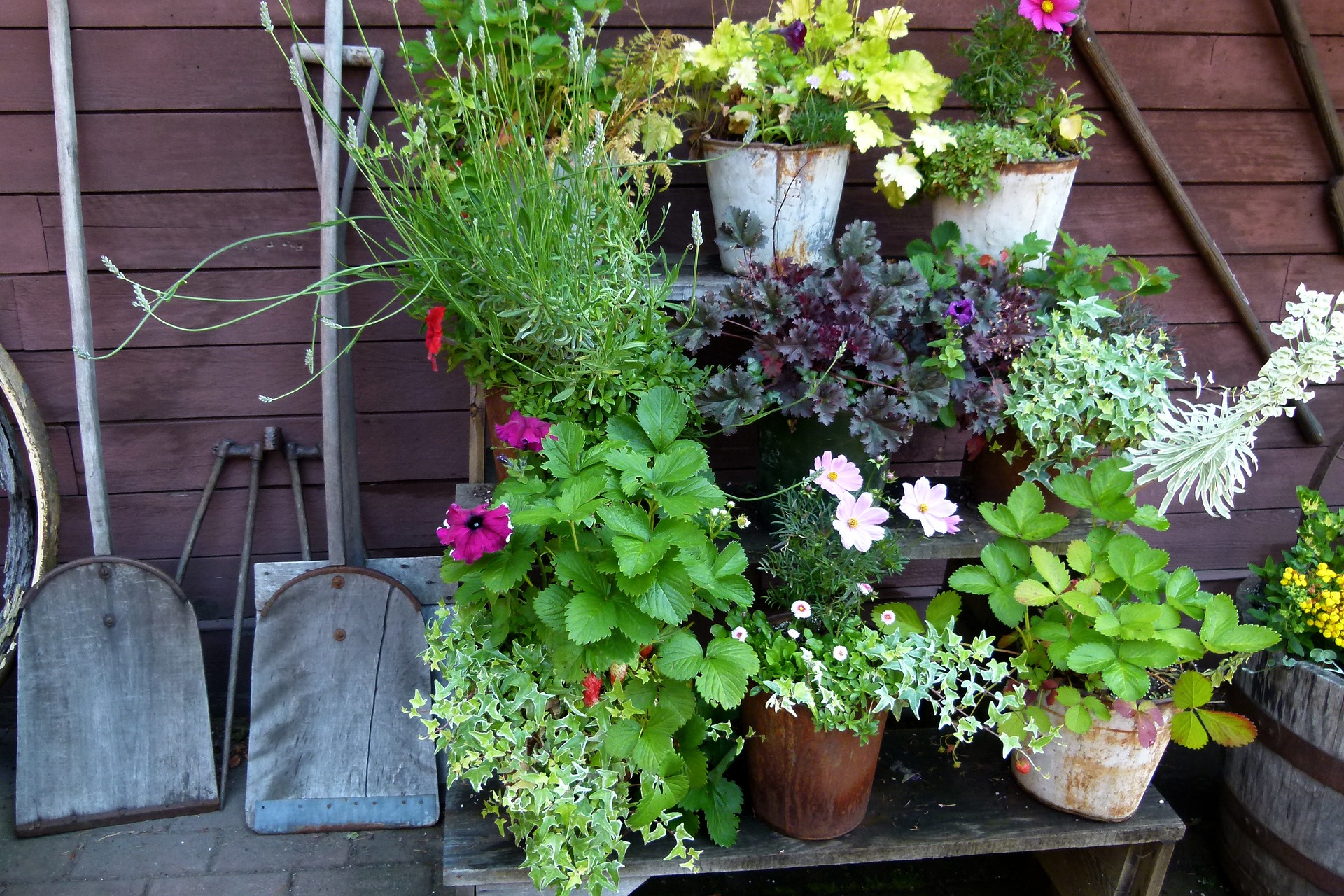Small-space planting plans for continuous bloom
Continuous bloom in a small space is achievable with intentional plant selection, layered planting, and simple maintenance routines. This article outlines practical strategies for balconies, containers, and tiny yards that prioritize pollinators, soil health, and year-round interest while remaining manageable for urban gardeners.

Urban small-space gardening benefits from a plan that balances seasonal interest, habitat value, and low maintenance. Start by mapping light, wind, and available container sizes, then group plants by bloom time and needs. Prioritize nectar- and pollen-rich species to support pollinators, and combine annuals, perennials, bulbs, and herbs to extend bloom across seasons. Thoughtful soil preparation and a succession approach will keep color and ecological value in even the tiniest plots.
Pollinators and nectar sources
Choose plants that provide both nectar and pollen to attract a variety of pollinators. Native perennials and herbs such as salvias, asters, and lavender are compact choices that flower over long periods. Include single-flowered varieties rather than double blooms so insects can access pollen. Stagger plantings so something is always in bloom—early spring bulbs, late-summer asters, and mid-season salvias create continuous food for bees, butterflies, and other beneficial insects.
Containers and balconies
Containers are ideal for controlled soil and irrigation. Use pots with good drainage and create micro-climates by placing taller containers at the back and shallow ones in front. Mix plants with varying root depths—shallow herbs, medium-rooted annuals, and a deeper-rooted shrub—to maximize space. Choose lightweight yet insulating potting mixes to moderate temperature swings common on balconies. Irrigate consistently but avoid waterlogged soil to protect roots and encourage steady flowering.
Drought, soil health, and compost
Selecting drought-tolerant plants reduces water needs and maintenance. Combine species like sedums, ornamental grasses, and Mediterranean herbs that tolerate dry periods. Improve soil health by adding compost to containers and beds; compost increases moisture retention and supplies slow-release nutrients that support sustained bloom. Mulch exposed soil surface to cut evaporation. Regular top-dressing with compost and avoiding aggressive fertilization helps plants bloom steadily without exhausting their root systems.
Succession planting and seeds
Succession planting extends bloom by replacing spent plants with fresh bloomers. Start seeds indoors for early annuals, direct-sow fast-growing varieties mid-season, and plant late-season bloomers in summer for autumn color. Keep a small seed mix of annuals—cosmos, calendula, and nasturtium—on hand for quick fill-ins in containers. Using a staggered sowing schedule, rather than planting everything at once, produces waves of flowers and maintains nectar availability for pollinators.
Pruning, nesting, and habitat
Regular pruning encourages repeat flowering in many species—deadhead spent blooms, trim leggy growth, and cut back after peak flushes to stimulate new buds. Provide nesting habitat by leaving some undisturbed stems, small piles of twigs, and patches of bare soil for ground-nesting bees. Small water sources, such as shallow dishes with stones, support thirsty insects and birds. These habitat elements complement flowering plants and increase biodiversity in confined spaces.
Biodiversity in urban settings
Even a single balcony can contribute to urban biodiversity by offering varied plant types: native shrubs, nectar-rich annuals, and seed-producing species for birds. Interplant species that bloom at different times and produce diverse flower shapes to attract a wider range of pollinators. Encourage beneficial insects by minimizing pesticides and using targeted, low-toxicity options only when necessary. A diverse planting palette increases ecological resilience and keeps color rotating throughout the year.
Continuous bloom in compact spaces relies on intentional choices that favor pollinators, healthy soil, and staggered planting. By combining containers and small beds, selecting species for varied bloom times, and providing habitat features like nesting spots and water, urban gardeners can sustain interest and ecological value from spring through late autumn. Regular light maintenance—deadheading, occasional pruning, and top-dressing with compost—keeps plantings vibrant and productive without heavy labor.





